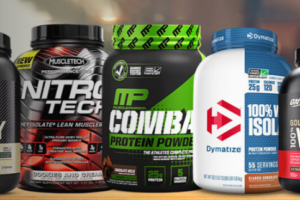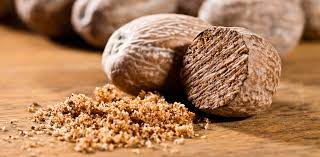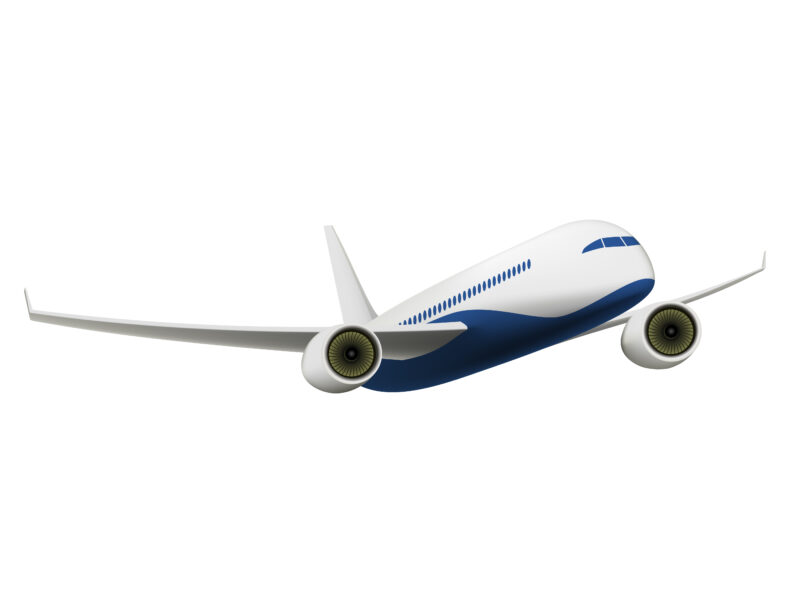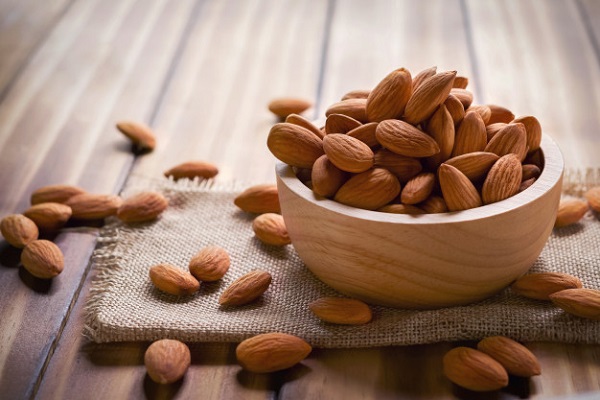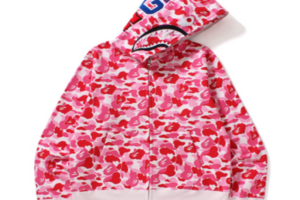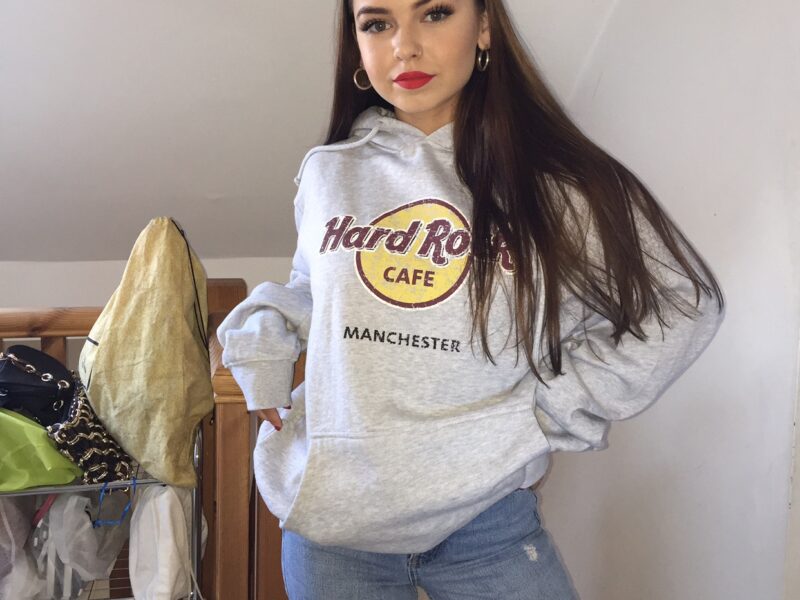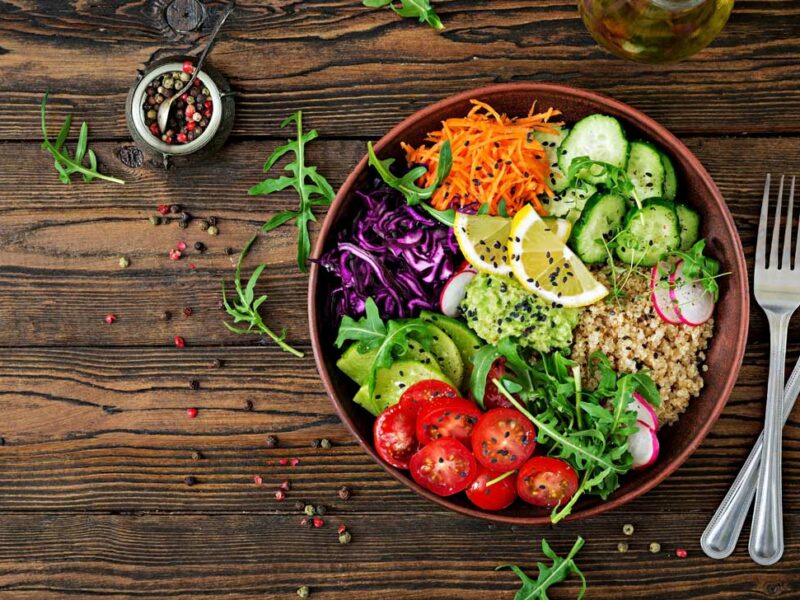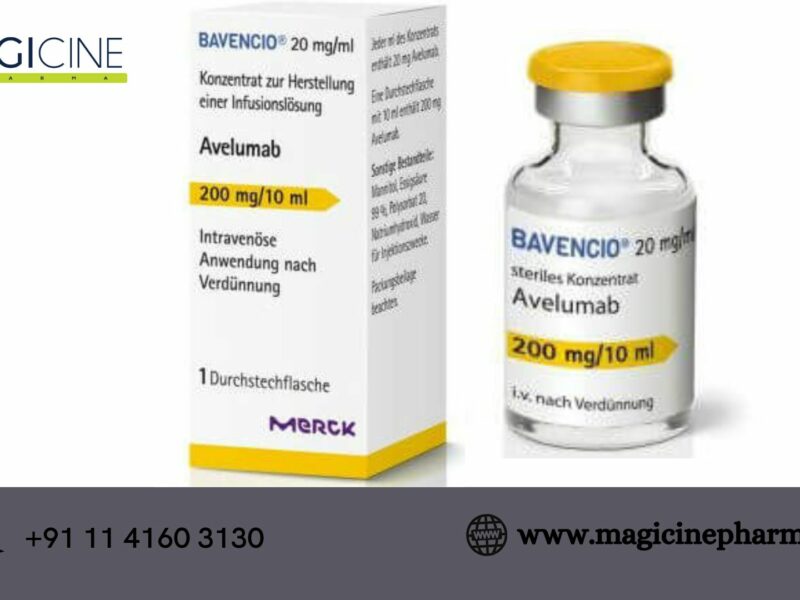When it comes to Corrugated Cardboard Shipping Boxes, you have a few options. The type of printing you choose depends on your budget, time constraints, and the quality you desire.
The most common style is single-face, where one sheet of liner board is adhered to a single piece of corrugated medium. Other styles include double-wall and triple-wall.
Corrugated Cardboard Shipping Boxes
Many businesses need Corrugated Cardboard Shipping Boxes to ensure their products arrive safely and on time. These boxes can be used to transport a variety of items from one location to another, including electronics, pharmaceuticals, textiles, and other delicate materials.
Corrugated boxes are strong and durable, making them an excellent choice for packaging fragile items. They are also versatile, offering styles that can be adapted to fit a wide range of needs.
For example, you can get boxes designed specifically for file storage or e-commerce orders. They can also be made with special opening folds and flaps, giving you a lot of options for designing your box.
The most common type of corrugated shipping box is the regular slotted container. This box style is made from a single sheet of corrugated board, which is scored and slotted to permit folding. Flaps extending from the side and end panels form the top and bottom of the box. The two outer flaps are one-half the width of the box, so they meet at the center of the box when folded.
In order to determine the strength of a corrugated box, various factors must be taken into consideration. These include the construction, flute size, burst strength, edge crush strength, flat crush strength, and the heaviness of the cardboard sheets.
The strength of a corrugated shipping box is usually measured using the edge crush test or Mullen test. These tests are printed on the box as part of the manufacturer’s certificate. The edge crush test is a measure of how much force it takes to compress the box, while the Mullen test measures its ability to withstand a bursting load.
Types of Corrugated Cardboard Shipping Boxes
Corrugated cardboard shipping boxes come in a variety of shapes, sizes and strengths. They can be used for a variety of purposes, including shipping orders to external customers and meeting internal needs like supply transfers and storage.
Standard shipping boxes are manufactured from kraft and white corrugated material. They are available in a range of sizes and can be made in single-wall or double-wall constructions. They also have a wide range of edge crush options, as well as a variety of other features.
There are four different types of board used for corrugated cardboard. These include single-wall, single-face, double-wall and combined. These boards have an outer and inner face, which are glued together to form the box’s structural integrity.
The most common type of corrugated board is single-wall, which consists of one sheet of liner adhered to a sheet of corrugated medium. It can be produced in many different styles and colors, so it can meet your specific requirements for a professional appearance on the outside of your box.
Another popular type of board is double-wall, which consists of two sheets of linerboard adhered to a sheet of corrugated media. It can be produced in a wide variety of colors and styles to match your company’s brand.
Lastly, there is double-cover corrugated cardboard, which consists of a square or rectangular tube that forms the body of the box. This design is ideal for heavy items and can be slot-assembled to create telescopic covers on the top and bottom of the box.
A custom manufacturer of corrugated and metal boxes that are designed for a variety of applications. Services include designing, assembly, die cutting, warehousing and packaging repair.
Methods of Corrugated Cardboard Shipping Boxes
A corrugated cardboard shipping box is a type of disposable container made from a combination of an inner, outer, and middle layer of materials. There are many different types of corrugated boxes, but the most common is the regular slotted container.
The is a box style created from a single sheet of corrugated board that is scored and slotted to permit folding. The box has flaps extending from the side and end panels that meet in the center when folded. The flaps are one-half the box’s width in order to fit when closed.
An style box is usually made from a combination of both virgin and recycled paper. This gives them a high degree of recyclable content and allows them to be used for a number of products.
They are also more durable than a cardboard box and are commonly used for shipping purposes. This is because they can withstand a wide variety of climatic conditions, including shocks and moisture.
Another reason that corrugated boxes are used is because they can be printed with logos and other graphics to make them recognizable. This is particularly helpful for businesses that need to use a box in order to communicate their brand image.
The production process of a corrugated cardboard shipping box involves scoring, printing, and cutting the boards that will form the container. These sheets are stacked on a machine called a flexo folder gluer that prints, folds, cuts, and glues the sheets together to form a shipping box. This equipment can create as many as 90 boxes per minute.
Purposes of Corrugated Cardboard Shipping Boxes
When it comes to shipping products, one of the most common types of boxes is corrugated cardboard. These boxes are often used to transport electronics, pharmaceuticals, and other sensitive items that need to be carefully protected.
When creating a corrugated box, the process begins with a board made of two or more sheets of paperboard called a medium and linerboard. The medium is given a wavelike shape by gluing it between flat sheets of linerboard, which are the flutes in the material.
The flutes in the corrugated material have different thicknesses, which give them a certain strength and stability when placed together. This is how the material can be used to create various sizes of boxes for different shipping needs.
Depending on the product being shipped, these boxes may be rated for burst strength or corrosion protection. They can also have coatings that protect them from UV rays, which can damage chemical bonds in the materials.
There are many types of corrugated boards and other components that can be used to make boxes. These include single-face, double-wall, and triple-wall boards.
Top of Corrugated Cardboard Shipping Boxes
The top of corrugated cardboard shipping boxes is the section of the container that is used to hold and protect goods. These boxes can be made in a variety of shapes and sizes to fit your specific needs.
The outer surfaces of a corrugated box are composed of two sheets of liner paper. The middle layer is a sheet that contains air grooves, also called the “corrugated medium.” These flutes make the material stronger and more durable than regular cardboard.
This inner layer of corrugated medium is glued in between two liners to form the exterior liners of the box. This construction is what gives corrugated cardboard its strength and resilience to withstand pressure from internal items, as well as external factors.
One of the most common uses for corrugated cardboard is to ship products. Whether you’re shipping a few items or thousands of them, your products are going to need to be protected during transportation.
Corrugated packaging is a popular choice among professional shipping companies because it’s sturdy, resistant to damage, and lightweight. It’s also environmentally friendly and can be recycled after use.
There are four different board types that can be used for corrugated packaging. They are single-face, single-wall, double-wall, and triple-wall.
A flute is best for packing items that need extra cushioning, while a B flute provides extra strength for canned products and high-speed automatic packaging lines.
When it comes to choosing the right board type, you need to know what products your packaging will contain. It’s a good idea to consult with a corrugated cardboard boxes company about what type of board will work for your specific application.










